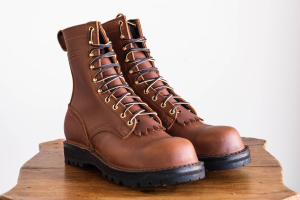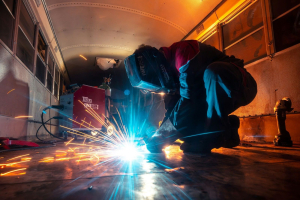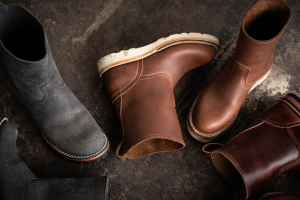How To Lace Boots
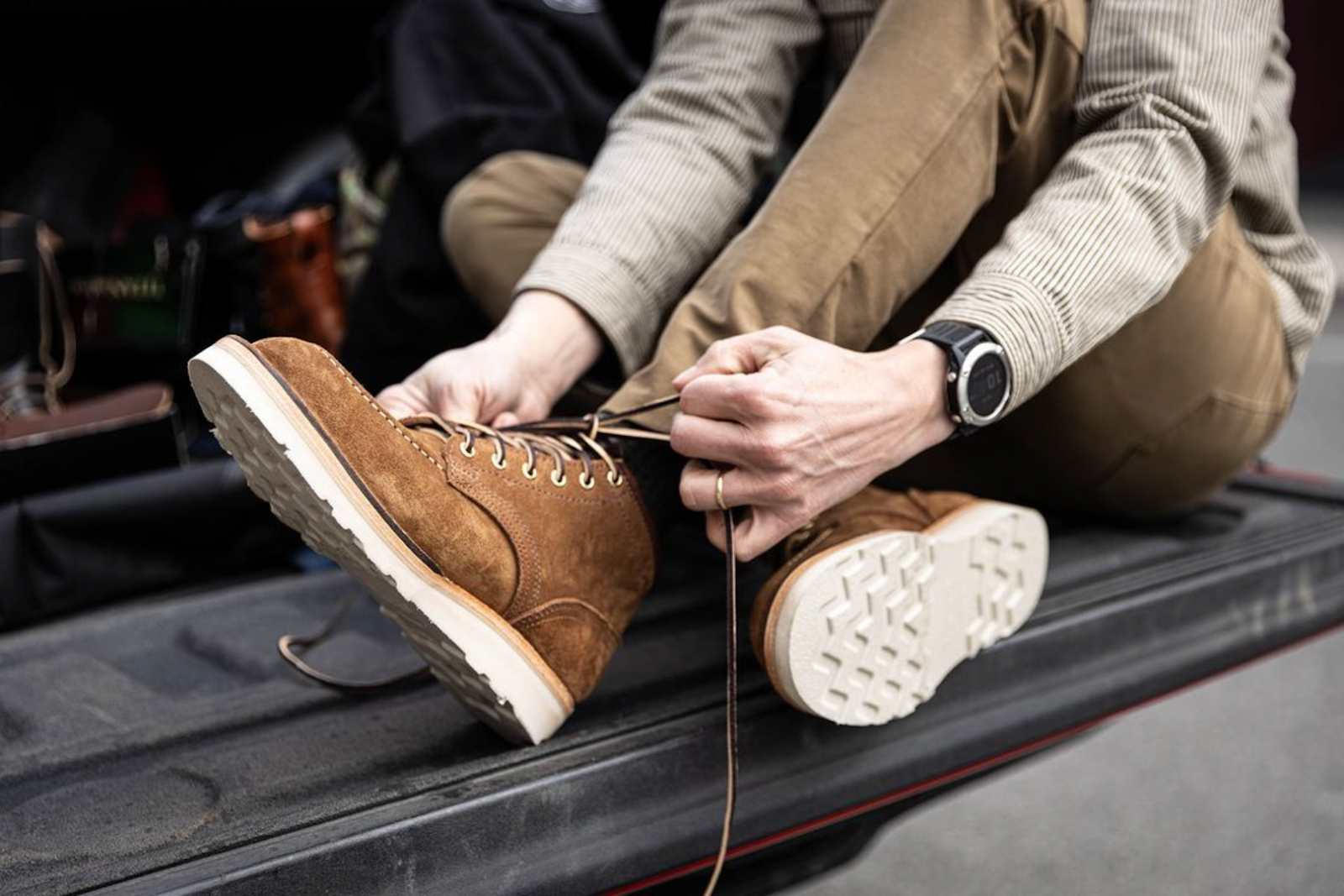
Key Takeaways:
- Various Lacing Techniques: Explore methods like Straight, Criss-Cross, Diagonal, and Ladder Lacing to enhance boot fit, comfort, and support.
- Maintenance Tips: Learn how to select the right laces, adjust tightness for comfort, and regularly clean and replace laces to extend their life and performance.
- Impact on Boot Longevity: Proper lacing not only improves comfort but also prolongs the life of the boots by ensuring even tension distribution and reducing internal wear.
Nicks Boots is renowned for creating durable footwear by combining age-old crafting methods with contemporary advancements. We excel in quality boot-making, specializing in providing the ideal fit and comfort with our expert lacing guidance. Our leadership in boot-making ensures every pair is a testament to our commitment to excellence.
This guide will explore different lacing techniques that enhance comfort and support for your feet. We provide detailed step-by-step instructions and helpful tips for selecting the perfect laces for your boots. Additionally, we will discuss common lacing errors to avoid and offer maintenance tips to prolong the life of your boots.


Understanding Different Lacing Techniques
Straight Lacing
This method aligns the laces horizontally across the shoe, skipping the typical criss-cross pattern. Straight lacing distributes tension evenly across the foot, effectively reducing pressure points and enhancing overall comfort for extended periods of wear. It yields a visually clean appearance, making it suitable for dress boots or styles that benefit from a more refined look. This lacing technique is ideal for those who prioritize both aesthetics and comfort in their footwear.
Criss-Cross Lacing
A classic lacing method, Criss-Cross Lacing features laces that cross over each other up the length of the boot. This style allows for flexible adjustments in tightness, accommodating a broad range of foot shapes and sizes. It is especially useful for activities that require both flexibility and secure foot support, such as walking or light hiking. The Criss-Cross Lacing is a versatile choice, enhancing both function and fit.
Diagonal Lacing
Diagonal Lacing begins at the lower eyelets, with laces that diagonally skip one or more eyelets as they work their way up. This approach creates additional space within the footwear, making it suitable for individuals with high arches or wider feet. It prevents the laces from constricting movement, offering a looser fit around the midfoot. Diagonal Lacing is particularly beneficial for those requiring more room and comfort within their boots.
Ladder Lacing
Ladder Lacing is a sturdy method that employs both parallel and perpendicular laces to secure the foot firmly within the boot. This technique minimizes internal movement, offering superior support, which is crucial during strenuous activities like hiking or climbing. It is highly recommended for scenarios where maintaining foot stability is essential. Ladder Lacing ensures that the foot remains snug and well-supported, regardless of the terrain or activity level.
Step-By-Step Guide To Lacing Your Boots
- Starting at the Bottom: Begin by feeding the lace straight across the lowest eyelets, ensuring the lace emerges from the inside and is even on both sides. This forms a horizontal bar at the toe of the boot, which is the base for your lacing.
- Cross the Laces: Take the end of the lace on the left side and cross it over to the right, pushing it up through the next available eyelet from underneath. Do the same with the right lace, crossing it over to the left side. This crossing action creates the secure and familiar "X" pattern seen in most boots.
- Continue Upward: Repeat the crossing pattern, alternating sides as you lace upwards. Ensure that each segment of the lace is pulled tight to maintain even tension, which helps the boot mold to the contours of your foot, enhancing both comfort and stability.
- Finishing the Lacing: When you reach the final eyelets at the top of the boot, pull the laces through and adjust the tightness from bottom to top. Tie a secure knot to hold everything in place, making sure there's enough flexibility for movement without loosening.
Tips For Ensuring Comfort And Support
Choose The Right Laces
Select laces that match the demands of your activities. Strong, durable laces like waxed cotton or synthetic materials are ideal as they resist wear and maintain grip. Consider the width and flexibility of the lace to ensure it can be tightened effectively and won't loosen easily throughout the day.
Adjust Tightness
Properly adjusting the tightness of your boot laces can make a significant difference in comfort. Begin by lacing snugly at the base and gradually adjust as you move up, allowing more room as needed by the contours of your foot. This technique helps balance security and circulation, preventing discomfort or numbness.
Consider Your Foot's Shape
Everyone's feet are unique, and how you lace your boots should reflect your specific anatomical needs. If you have high arches, you may benefit from a looser fit at the midfoot; if you need more ankle support, tight lacing at the top can help. Experiment with different lacing patterns to find what best suits your foot shape.
Re-Lace Regularly
Laces undergo stress and can stretch or wear out over time. Inspect and replace your laces as needed to ensure they provide the best fit and do not fail during use. Regularly re-lacing your boots can also help adjust the fit as the boots break in and the material molds more to the shape of your foot.
Use Specialized Techniques For Specific Needs
For those who require additional support or have specific medical needs such as plantar fasciitis, specialized lacing techniques can provide extra relief. Techniques like window lacing or skip lacing can reduce pressure points and make a substantial difference in how your boots support your daily activities.
Maintaining Your Laces For Longevity
Regular Cleaning
Regular cleaning of your laces is crucial to prevent dirt and grime from deteriorating the material. Use a gentle soap and lukewarm water for washing, which is particularly vital after using your boots in muddy or dusty environments. Allow the laces to soak briefly in the soapy solution to loosen any dirt, then gently rub them to ensure all grime is removed before thoroughly rinsing them clean. This maintenance step helps extend the lifespan of your laces by keeping them free from harmful substances.
Dry Properly
Proper drying is essential after washing your laces to maintain their integrity. Lay the laces flat or hang them to air dry, ensuring they are away from direct heat sources such as radiators or direct sunlight. Exposing laces to excessive heat can degrade the fibers, making them brittle and more prone to snapping under tension. Allowing them to dry naturally preserves their strength and elasticity, making them last longer.
Check For Wear
Regular inspection of your laces for signs of wear such as fraying or stretching is important to ensure their reliability. Identifying damage early can prevent the lace from snapping unexpectedly, which can be particularly inconvenient during activities like hiking or in the middle of a work shift. Frequent checks allow for timely interventions, such as tightening or replacing laces to avoid potential footwear failures. Keeping your laces in good condition ensures they perform optimally when needed.
Replacement And Storage
It's advisable to replace your laces once they show significant signs of wear to maintain the functionality and safety of your boots. Store spare laces correctly by keeping them loosely coiled or hung straight, which helps avoid kinks and damage. Proper storage preserves the laces' strength and flexibility, ensuring they are ready to use when your current pair needs replacing. This approach keeps your footwear secure and comfortable, supporting your activities without interruption.
The Impact Of Proper Lacing On Boot Longevity
Even Distribution Of Tension
Proper lacing techniques that distribute tension evenly across the boot are crucial for preventing localized stress points. This balanced distribution helps avoid overstretching or compressing any part of the boot, thereby maintaining the material's integrity and functional properties. For example, a criss-cross lacing technique allows adjustments along the entire boot, ensuring no single area bears too much pressure, which can deform the leather or fabric over time.
Reducing Slippage And Internal Wear
Securely lacing your boots reduces the foot's movement within them, crucial for minimizing internal wear. When the foot stays in place, there is less friction against the inner lining and sole, leading to a slower rate of wear and tear. This stability is not only important for the longevity of the boot but also for comfort and foot health, preventing blisters and other discomforts caused by constant sliding.
Preserving Boot Structure
Maintaining the overall structure of boots through effective lacing extends their usability. Tight, well-adjusted laces support the boot's designed shape, preventing sagging and creasing that can otherwise occur with poor lacing habits. This structural integrity is particularly vital for work or hiking boots that must withstand rigorous conditions while providing reliable support and protection.
Long-Term Footwear Investment Protection
Investing effort in correctly lacing boots translates to significant long-term savings. By ensuring boots last longer through proper maintenance, you reduce the frequency of replacements and enjoy sustained performance and comfort. It's a straightforward yet effective way to maximize the value of your footwear, making the initial higher cost of quality boots more economical over time.
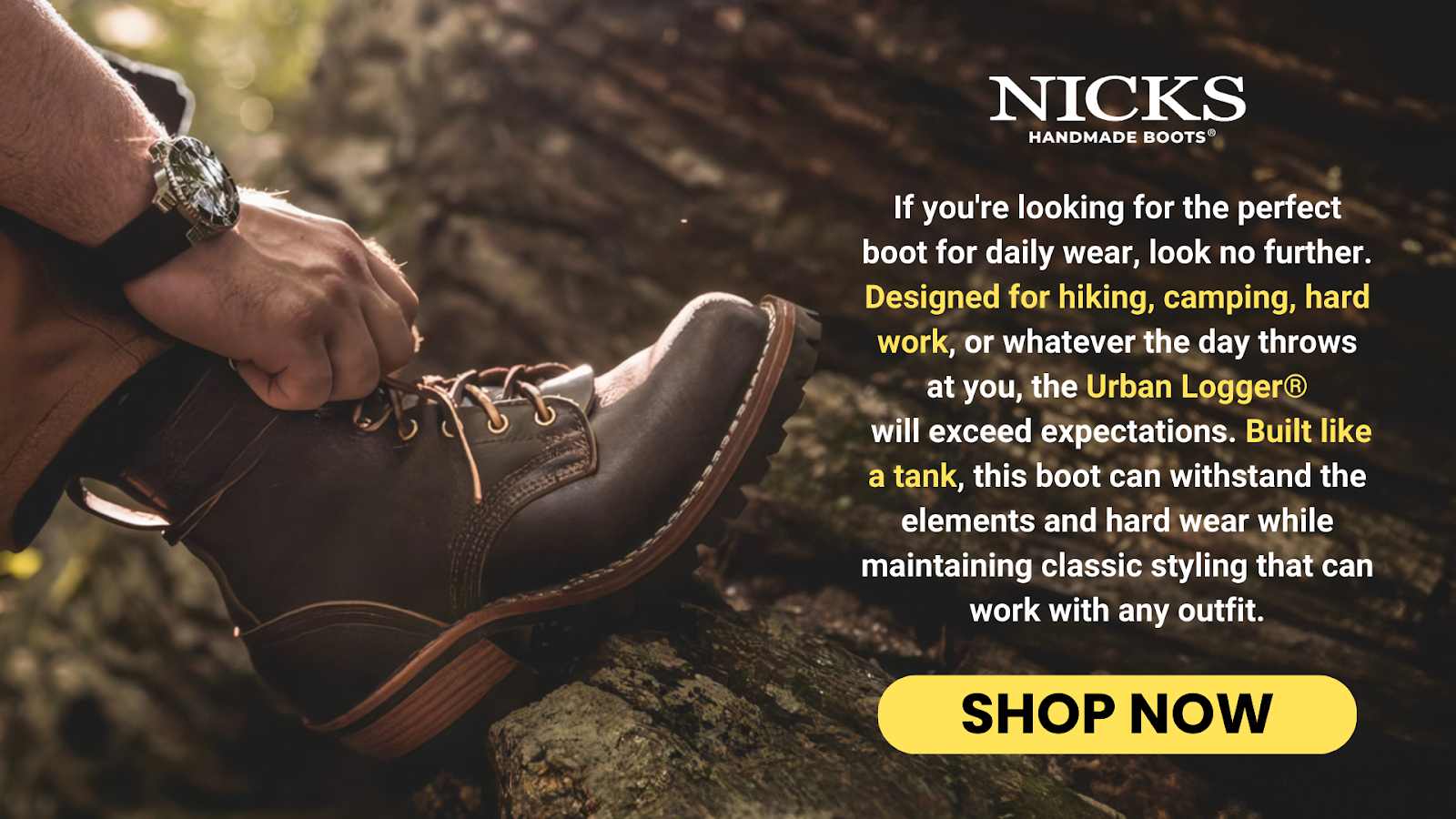

Final Thoughts
Learning different boot lacing techniques greatly improves the comfort and durability of your footwear. Every technique provides specific advantages, suiting various styles and practical requirements, whether for everyday use or particular activities. The right lacing method enhances fit and preserves the boot's structure over time. The guide highlights the significance of selecting suitable laces and the necessity of regular upkeep to prolong the boots' lifespan. By instructing users on efficient lacing methods and maintenance, it shows a dedication to quality and customer satisfaction. This comprehensive strategy guarantees that each pair of boots offers sustained comfort and performance.
Read also:
Frequently Asked Questions About How To Lace Boots
What are the best types of laces for heavy-duty boots?
For heavy-duty boots, opt for strong, durable laces like waxed cotton or synthetic materials. These laces resist wear and maintain grip, ensuring they don’t loosen easily. They are ideal for boots that face harsh conditions.
How often should I replace my bootlaces?
Replace your boot laces when they show signs of significant wear such as fraying or stretching. Regular inspections will help you decide the right time for replacement. Keeping laces in good condition ensures optimal boot performance and comfort.
Can lacing techniques improve boot fit for different foot shapes?
Yes, various lacing techniques can be adapted to improve boot fit for different foot shapes. Techniques like Diagonal Lacing provide more space and comfort for wider feet or high arches. Ladder Lacing is excellent for ensuring stability and support.
Is there a specific lacing technique that helps reduce foot fatigue?
Straight Lacing is particularly effective in reducing foot fatigue. This technique evenly distributes tension across the foot, minimizing pressure points. It's ideal for long periods of wear and enhances overall comfort.
How can I ensure my bootlaces last longer?
To ensure boot laces last longer, regularly clean them with gentle soap and lukewarm water, especially after they are exposed to mud or dust. Dry them away from direct heat to prevent damage. Proper maintenance extends the lifespan of the laces.
What lacing technique is recommended for hiking boots?
For hiking boots, Ladder Lacing is highly recommended. This technique secures the foot firmly within the boot, minimizing internal movement and providing superior support. It's crucial for maintaining stability on rough terrains.
How does proper lacing affect the longevity of boots?
Proper lacing techniques ensure even tension distribution across the boot, preventing localized stress and reducing internal wear. This maintains the boot's structural integrity and material quality. Ultimately, it extends the lifespan of your boots.
Can changing lacing techniques help with specific foot problems like plantar fasciitis?
Yes, specific lacing techniques like window lacing or skip lacing can be beneficial for foot problems such as plantar fasciitis. These methods reduce pressure points and provide targeted support. Adjusting your lacing technique can offer considerable relief.
Are there any lacing techniques suitable for boots used in formal settings?
Straight Lacing is ideal for dress boots or formal wear, as it provides a clean and refined look. The laces run horizontally, avoiding the typical criss-cross pattern. This technique enhances the aesthetic while ensuring comfort.
What should I consider when choosing laces for different weather conditions?
When choosing laces for different weather conditions, consider materials that are waterproof and can withstand extreme temperatures. Thicker laces are better for cold conditions, while breathable materials are suitable for warmer climates. Properly selected laces enhance durability and functionality in varied environments.

